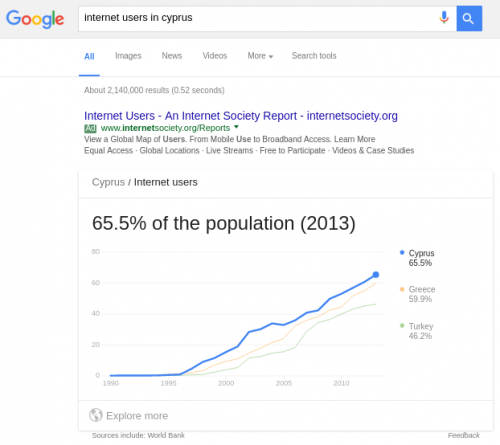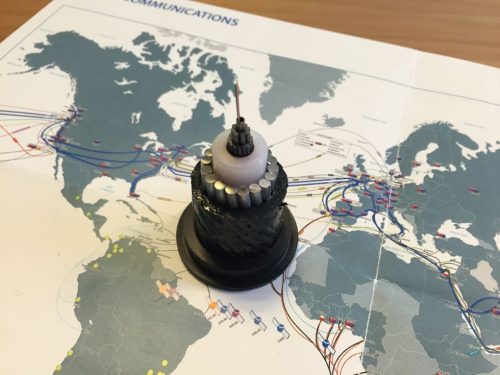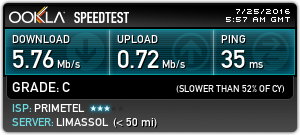I came across this old story (back from 2003) on Slashdot – NCR Patents the Internet – and it even more hilarious now than it was back than:
We all know about NCR’s lawsuit against Palm & Handspring, but I haven’t seen much press about patent infringements they are claiming against some of the biggest sites on the planet. According to documentation that a friend’s company has recently received, their patents protect everything from keyword searching to product categorization. Patents to look for (and filed in 1998) include 6,253,203, 6,169,997, 6,151,601, 6,085,223 and 5,991,791 . IMHO, this is absolutely outrageous and is likely to cause billions in both legal fees and eventual licensing fees (eBay, Amazon and MSFT have already licensed from NCR). How is this not the lead story on every site? every day? Maybe because no one wants to get sued for having an online business.
The comments are hilarious as well.




